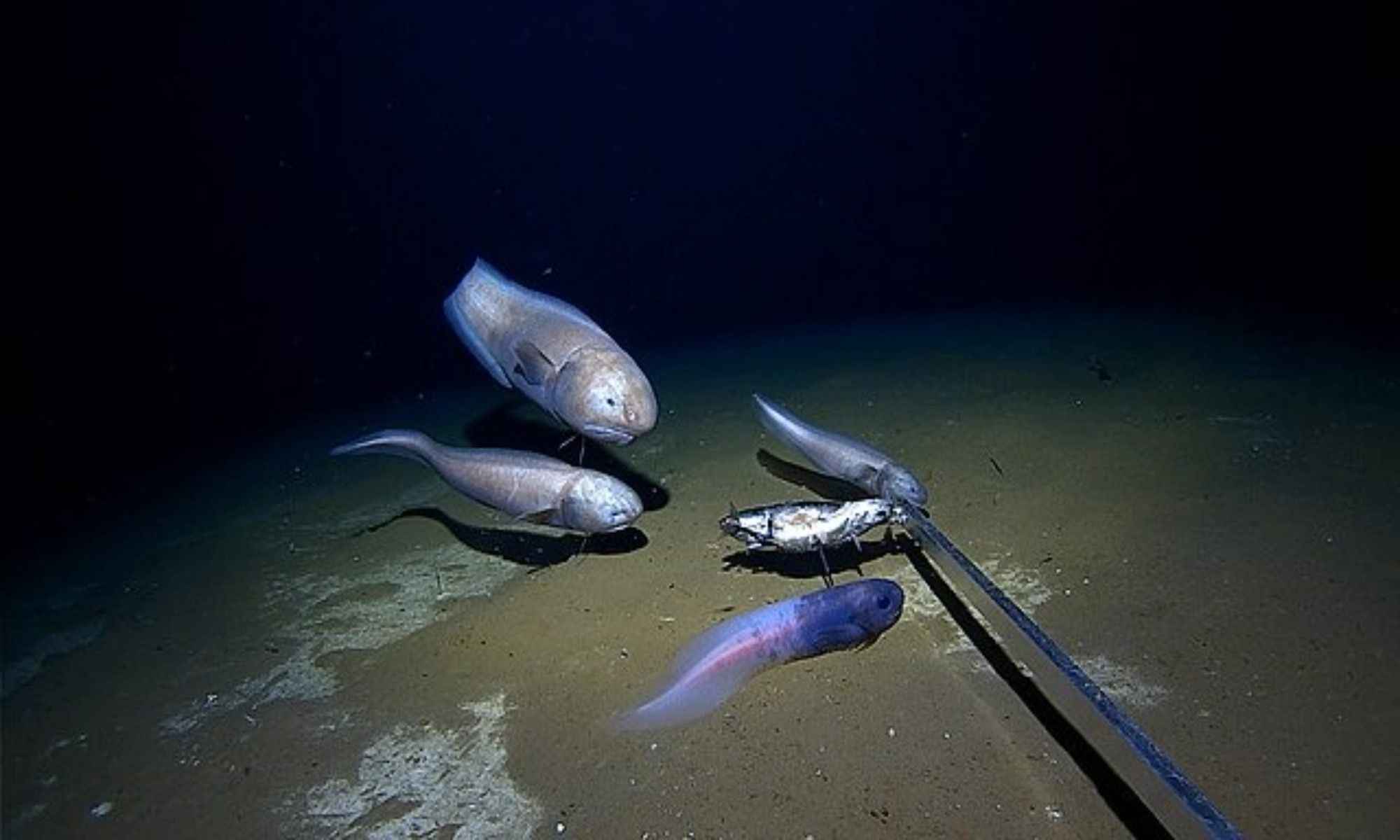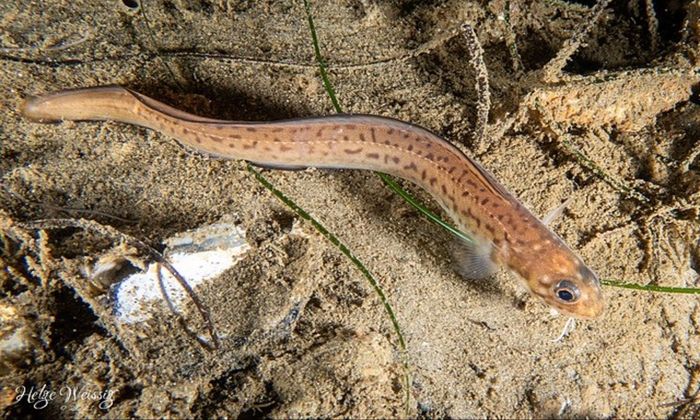The Deepest Fish Species Ever Discovered
Find out what species of fish currently holds the record of being the deepest we've ever discovered.

We, as people, cannot even fathom how vast and deep the ocean is. We’ve only explored just less than 5% of the entire ocean. The rest, especially the depths, are still left to our imaginations. With that being said, there’s a huge possibility that we haven’t discovered all the creatures that can thrive in the deepest areas of the most boundless of waters.
Anglers who have a passion for deep sea fishing and bottom fishing have probably wondered, ‘what’s the deepest fish species ever discovered?’. Scientists and experts are constantly trying to better understand the ocean and its creatures, with recent discoveries of deep sea fish species. Here’s what you should know about the current deepest-living fish:
Learning About the Deepest Living Fish
Scientists have formally identified the Mariana snailfish (Pseudoliparis swirei) as the world’s deepest fish ever caught. It was caught almost 8,000 meters or five miles in the Mariana Trench near Guam. The new species was first seen from the dark, frigid ocean region known as the hadal zone in 2014 and again in 2017. It only recently has been recorded and described. Even though the deepest part of the ocean extends another two miles down, almost 11,000 meters, scientists surmise they are unlikely to find a fish that lives much deeper.

Scientists and researchers have aired those suspicions because the pressure deep down is so enormous that fish below about 8,200 meters may be chemically unable to withstand its destabilizing effects on proteins. Although many creatures can thrive in the deep sea — decapod shrimp, sea cucumbers, microbes, foraminifera — no fish has ever been caught from the deepest bottom quarter of the ocean. As of 2014, baited camera traps have been sent to the deepest regions across five Pacific Ocean trenches 14 times without ever spotting any fish. According to University of Washington's Friday Harbor Laboratories postdoctoral fellow Mackenzie Gerringer, there are real limitations to life in those trenches.
Snailfish are believed to be able to handle pressures equal to the weight of 1,600 elephants. This is due to their evolved pressure adaptors that keep their enzymes functioning and membranes moving. The fish’s scientific name came from HMS Challenger officer Herbert Swire. Gerringer says the fish was named after the navigational sub-lieutenant to acknowledge crews that serve on oceanographic research vessels.
The Mariana snailfish is almost certainly endemic and appears to be abundant in the Mariana Trench. They are pinkish and about twice as long as a cigar. Their flesh is so translucent that their livers can be seen outside. Their eggs are almost a centimeter wide, which is unusually large given their size. They have abundant food on the ocean floor, like tiny crustaceans and shrimp. The snailfish has no scales, no big teeth, and is not bioluminescent, which veers away from what we normally picture when we imagine deep ocean creatures like anglerfish and viperfish. It was added to the World Register of Marine Species in 2017.
Recent Discoveries of Deep Sea Creatures

Since naming the Mariana snailfish as the deepest living fish, researchers are constantly discovering new species of snailfish and others that can thrive in deeper waters. A species of cusk-eel known as Abyssobrotula galatheae currently holds the depth record as it was collected from the Puerto Rico Trench at a depth of 8,370 meters or 27,455 feet in 2020.
In 2018, an international team of scientists, including those from Newcastle University, studied the Atacama Trench along the west coast of South America. The researchers recorded three types of hadal snailfish, and one of them was unlike the others. Usually, snailfish living in the deepest ocean reams, called the hadal zone, are white as a ghost and have tiny eyes. But the researchers found a fish with large eyes that were strikingly blue about 6,000 to 7,000 meters deep. The small bluefish is believed to be a separate colonizer of the Atacama Trench. The new species was named Atacama snailfish or Paraliparis selti which means blue in Kunza (the indigenous language of the people of the Atacama Desert.) The fish was recorded in the journal of Marine Biodiversity. Researchers say the fish may have evolved from the cold-adapted fish of the Southern Ocean.
Deep Sea Fishing Charters
Knowing that fish are thriving in the deepest parts of the ocean might have sparked your eagerness to go on deep sea fishing tours. If you want to go deep sea fishing in Daytona Beach and Florida’s Atlantic Coast, book with Code Red Fishing Charters and Fishing Frenzy, which are based in the nearby areas of New Smyrna Beach and Oak Hill. Nock Em Dead Bowfishing Charters is among the best Louisiana offshore charters offering bowfishing excursions off the New Orleans coast and the Grand Isle. Many guide services offer fishing trips in the Gulf of Mexico, like South Shore Guide Service, based in Port O’Connor, Texas.





